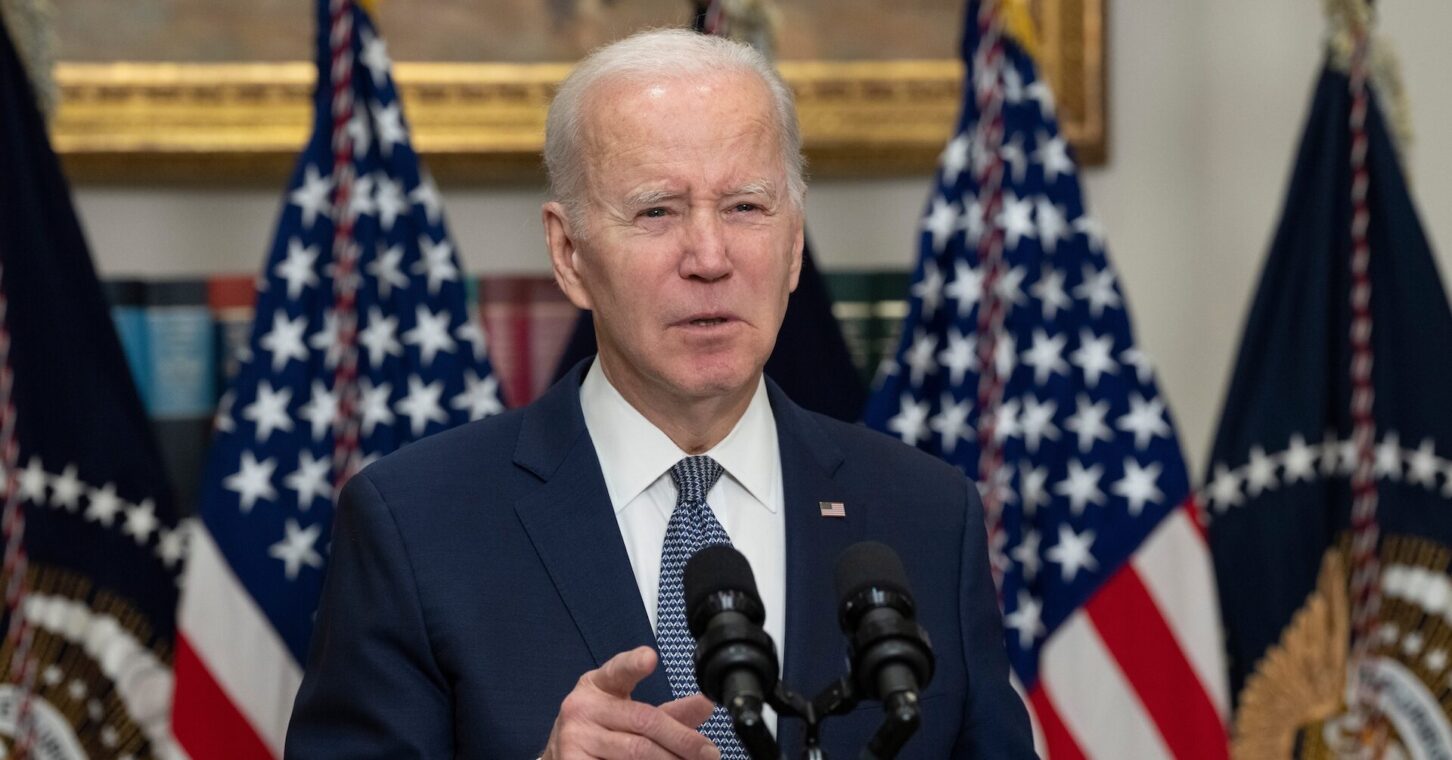
Two data points that indicate diverging fortunes:
- The state of Georgia announced this month that it had almost $18.5 billion of excess cash when fiscal 2023 ended June 30 – including a whopping $10.7 billion in “unreserved, undesignated” surplus beyond the state’s official reserve accounts.
- Conversely, the federal government closed its 2023 budget Sept. 30 with an annual deficit of some $2 trillion. Adjusted for inflation, that’s higher than any year during World War II, the Vietnam war, the 1980s defense buildup or the Great Recession.
In fact, 2023 was the third straight fiscal year that Washington has run historically abnormal deficits while Georgia and most other states ran historically abnormal surpluses.
One might chalk up this vast gulf to simple competence, and it’d be hard to argue. But there’s another, more boring explanation: State governments have to balance their budgets; the feds do not.
And make no mistake: The federal problem is a spending problem.
Another way to measure federal finances is as a share of gross domestic product, or GDP. That puts these figures in the context of the size of the economy, which can be a better comparison than adjusting for inflation.
While final 2023 figures for revenues, spending and GDP are still being tabulated, 2022 tells the story.
That year, federal revenues represented 19.6% of U.S. GDP. How does that compare to the past? Since World War II ended, only once (2000) has the revenue-to-GDP ratio been larger.
That means revenues were smaller, as a share of the economy, in three of the last four years when the federal government took in more revenue than it spent (1998-2001). The same was true in the eight other postwar years with federal surpluses.
However, federal spending in 2022 took up just over a quarter of GDP. It was the 15th straight year when Washington’s spending surpassed 20% of GDP – even though its revenues haven’t done that since 1944, at the height of the war effort.
Once more: Washington doesn’t have a revenue problem. It has a spending problem.
Another comparison with state finances adds further perspective.
Georgia’s state GDP in 2022 was almost $767.4 billion. If the state ran a deficit that year equal to the federal deficit of 5.5% of GDP, the shortfall would have exceeded $42 billion.
Total state spending that fiscal year? Just $29 billion.
On the other hand, if Washington had run a surplus equal to Georgia’s as a share of GDP, it would have been about $163 billion to the good.
Instead, the federal government is careening along what the nonpartisan Tax Foundation brands “a perilous course”:
“Annual deficits are headed towards $3 trillion over the next few years and interest expense is set to consume a growing share of the federal budget. Already this fiscal year, interest expense reached 16% of all revenue collected, the highest level since 1996. The bond market is signaling that interest expense could go much higher, leading to an unprecedented cost of servicing the debt.”
Think of it this way. Every time you hear about a federal program created since we began running these huge annual deficits – Medicaid expansion, for example – remember that the cost of that program is entirely borrowed. Not only that, but the true cost of the program ought to include the aforementioned interest cost, year after year, because such unfunded expansions of spending keep the budget out of balance and drive up debt-servicing expenses.
All of this has real-world consequences. Here’s just one of them: At an increasingly dangerous moment in the world, Washington may well be handcuffed in what it can spend to aid allies or defend ourselves.
Despite the background noise in the circus show that is the U.S. House of Representatives these days, our federal elected officials are not seriously working on this problem. Maybe it’s time to replace them with some state-government veterans who know how to make the numbers add up.
